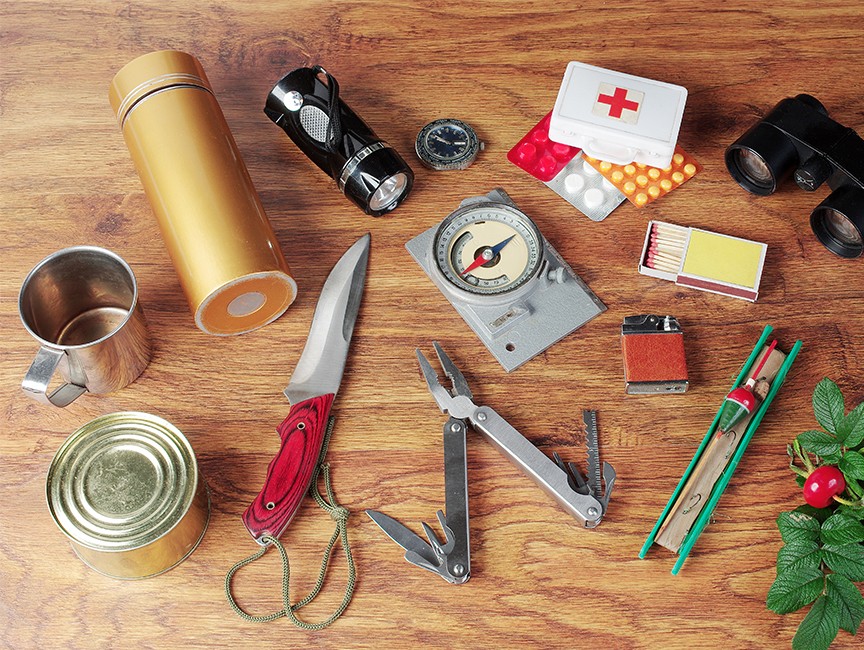
A Guide To Assembly Of A Home Survival Kit
The ability to provide for one’s own needs is crucial to survival. Emergency medical services and disaster relief organisations like the Red Cross may be overwhelmed for days, if not weeks, after a broad disaster. How well you and your family are prepared for a crisis before it happens can determine how likely you are to survive it. There may be no electricity, but your home is still habitable. This is the ideal scenario. In the worst-case situation, your home’s structure fails and you and your family have to find alternative housing. In addition, no one was there to protect the family members if they were wounded. If you and your family have a survival kit, you may rest assured that you have what you need to turn a life-threatening situation into a manageable one.
Water For Drinking: Enough For 10 Days Per Person
Safe drinking water is the single most crucial aspect in maintaining human life. During an incident, finding clean, drinkable water should be your top priority, followed by treating any injuries and evacuating the area. Pack enough clean water and drinking water to last your family of 10 for at least ten days. This amounts to at least a gallon each person. How do you manage to gather and store that much water? Choosing the right survival kits is essential.
Bottled water is available for purchase and storage
Keep in mind that the water in your bottles won’t stay fresh for more than a year or two at the most. Bottled water needs to be stored in a cool, dry place at all times.
A 55-gallon water drum and water purification pills are also available for purchase. A 55-gallon water storage barrel is an inexpensive solution to store water for an emergency situation for up to five years without worrying about contamination if the water is treated with water preserver concentrate drops beforehand. The blue hue of the barrel shields the water from harmful ultraviolet (UV) rays from the sun, making it suitable for both indoor and outdoor use in the fight against microbial contamination.
- In the event of an emergency, you should have enough food and water for every member of your household to last for at least three days and three nights. Each member of your group should have enough food supplies to last them for ten days. Where do you put all of this food?
- Foods that don’t need to be refrigerated or frozen can be found in the store. These items have a shelf life of six months to a year, therefore it’s crucial that they be stored in a cool, dry place with a constant temperature.
- To have food prepared using the ERTM method, all you need to do is buy any ERTM 2400 or 3600 Calorie Meal Bars. One ERTM Bar can provide enough calories for one person to sustain their energy levels for three days. The US Coast Guard has determined that our bars will remain fresh for up to five years after being manufactured. The bars can withstand temperatures ranging from -30 degrees Celsius to 65 degrees Fahrenheit and are easy to store.
Conclusion
Large-scale natural disasters, such as hurricanes, earthquakes, or ice storms, can disrupt utility services for anywhere from a few hours to several weeks. If a calamity happens at night, you’ll need lights so that you can make your way to safety.


